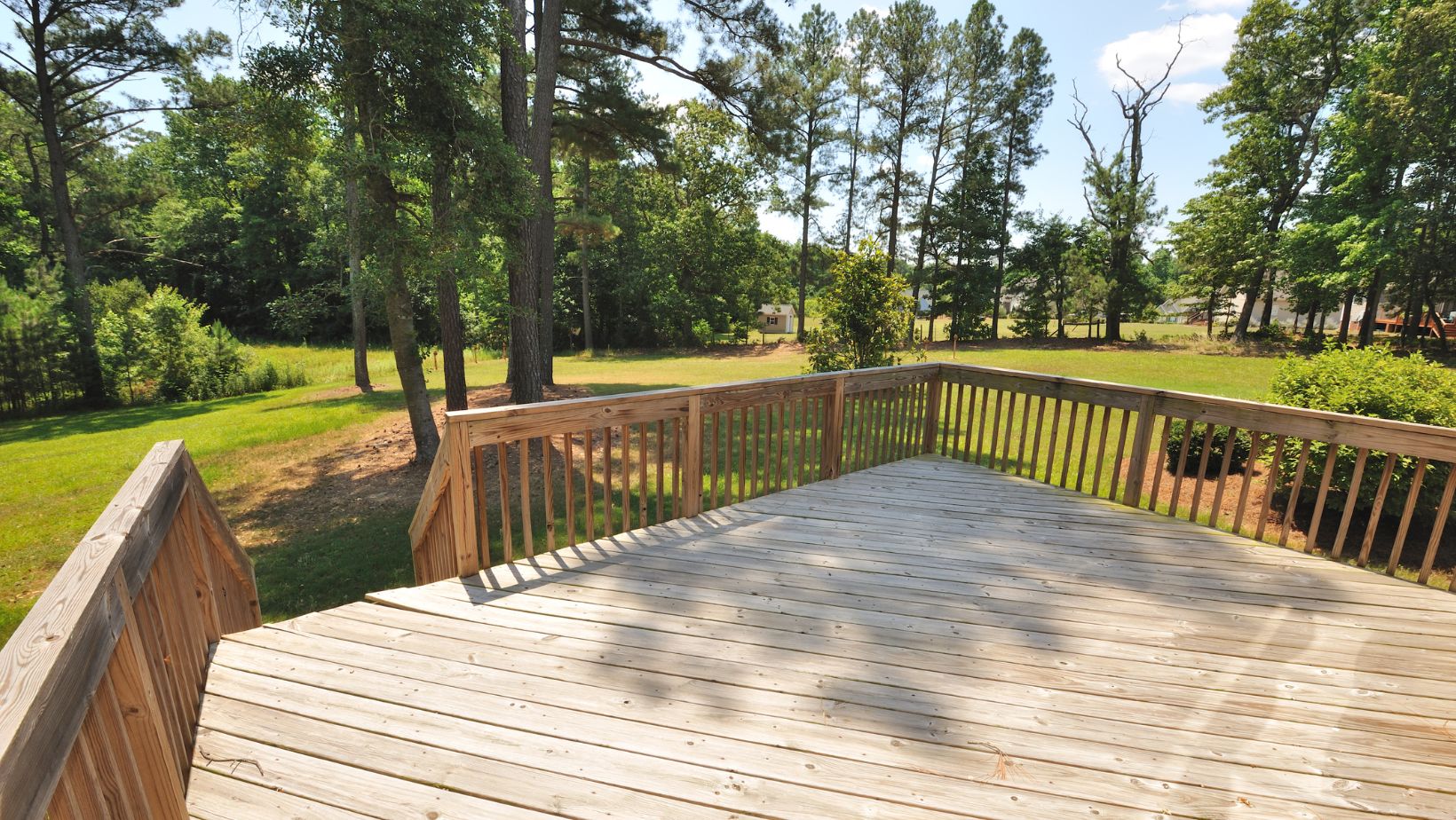
Building a deck can feel overwhelming, especially regarding measurements, materials, and costs. I’ve been there—staring at a pile of lumber and wondering where to begin. That’s where a deck calculator is handy, turning a complicated process into something much more manageable.
In this article, I’ll show you how a deck calculator can save time, reduce errors, and make planning your project a breeze. Whether you’re a seasoned builder or a first-timer, this tool takes the guesswork out of construction so you can focus on bringing your vision to life.
Understanding Deck Calculators
A deck calculator offers precise assistance during deck construction. It streamlines measurements and material estimates, helping avoid guesswork.
What Are Deck Calculators?
Deck calculators are digital or online tools that estimate deck dimensions, material quantities, and costs. They accommodate variables like deck size, shape, and type of lumber. Users input parameters like length, width, and board preferences to receive accurate material lists and cost breakdowns.
Once, I planned a backyard deck project and struggled with lumber estimates. Using a deck calculator saved hours and reduced waste by providing exact board counts and spacing details. This tool is a game-changer for both DIY enthusiasts and professionals.
Types of Calculators Available
Deck calculators simplify construction by offering a variety of tools designed for specific tasks. Each type caters to different phases of planning and building.
Decking Calculators
These focus on calculating the number and spacing of boards required for a given deck size. Inputting dimensions like length and width generates precise board counts and placement details. I once used a decking calculator for a 200-square-foot project; it saved me from over-ordering materials by 15%. It also accounted for spacing gaps, ensuring proper alignment.
Cost Calculators
Cost calculators estimate expenses based on selected materials, deck dimensions, and local pricing. Users can compare the costs of pressure-treated wood versus composite decking to match their budget. These calculators prevent surprises during payment by factoring in taxes and potential delivery fees.
Stair Calculators
Stair calculators determine the optimal rise and run for deck stairs based on height and code-compliant standards. Entering the total rise and preferred tread depth provides detailed measurements for each step. These tools improve accuracy, reducing errors during construction.
Area Calculators
Area calculators help measure irregular deck shapes, enabling accurate material estimations. Users input segment measurements, and the tool delivers exact square footage. This feature is particularly helpful for decks with curves or angled sections.
Benefits of Using a Deck Calculator
Simplification of Planning Process
A deck calculator streamlines planning by reducing manual calculations. It consolidates dimensions, materials, and costs into a single tool. I’ve quickly generated building plans by inputting deck dimensions like length and width without repeatedly poring over measurements. This speeds up the initial stages and removes the guesswork.

For example:
- It calculates board spacing and counts.
- It predicts material needs per specific deck size.
- It offers cost insights based on lumber choices.
This clarity allows faster decision-making, especially for beginners.
Customization and Flexibility
Deck calculators adapt to diverse project requirements by allowing different inputs. Users can select deck designs, material types, and finish preferences. I played with board options during my backyard project, comparing hardwood and composite decking. The calculator instantly updated material lists and costs.
Adjustable inputs like:
- Board thicknesses.
- Composite vs. wood selection.
- Layout adjustments for odd deck shapes.
This flexibility makes personalization easy without extra effort.
Accuracy in Material Estimation
Precise material estimates minimize errors and wastage. By calculating exact quantities of boards, screws, and joists, a deck calculator can save money. I avoided excess purchases when my material list matched construction needs perfectly.
Key features include:
- Detailed material breakdowns by type and size.
- Waste factor adjustments for cuts or mishaps.
- Budget-friendly expense predictions.
Using precise estimates helped me stay on budget.
Key Features of Deck Calculators
User-Friendly Interface
Deck calculators feature straightforward interfaces that guide users through inputting dimensions, materials, and preferences. Fields like length, width, and material type are clearly labeled, reducing confusion. Some tools even provide step-by-step prompts, making the process smoother for beginners.
I remember using one during my first deck project. I was unsure about measurements, but the calculator’s intuitive design helped me accurately input all the required details within minutes.
Visual Diagrams and Layouts
Many deck calculators generate visual diagrams based on user inputs, showcasing deck layouts and board placements. These visuals help users understand the final design before construction begins. For example, they may show how boards are spaced or where gaps occur.

This feature provided immense value during my backyard build. Seeing the deck’s virtual layout helped me make last-minute adjustments, like repositioning stairs for better access.
Detailed Cost Breakdown
Deck calculators deliver precise cost breakdowns by combining material quantities with local pricing. They highlight expenses like boards, fasteners, and coatings, giving users a detailed budget overview. Many also allow adjustments for different material grades or optional features.
When planning my deck, this tool highlighted savings I could achieve by selecting alternative materials. It kept my expenses on track without compromising quality.
Conclusion
Using a deck calculator streamlined my backyard deck project by converting complex measurements into clear material lists and cost estimates. Its straightforward design helped me input dimensions and explore options I hadn’t initially considered. Tools like this reduce guesswork, making DIY construction faster and more accurate for projects of any scale.



